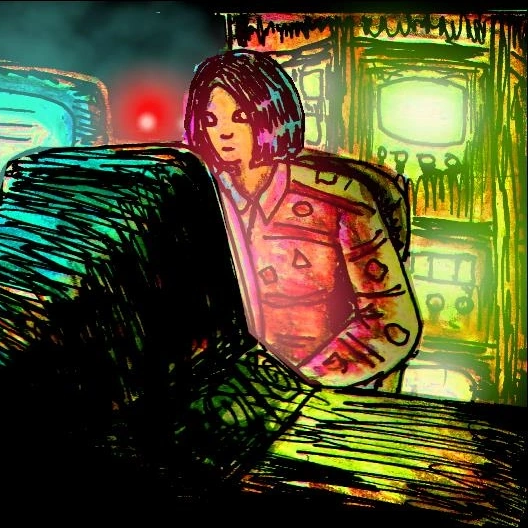Published 2025-07-07.
Time to read: 2 minutes.
av_studio collection.
Video codecs have color bit depths and a color space.
Bit Depth
When using 8 bits per pixel, 256 RGB shades of RGB color are possible for each of red, green and blue. In combination, this yields 16.77 million color shades are possible with 8 bits per pixel.
When using 10 bits per pixel, 1024 shades of RGB color are possible for each of red, green, and blue. In combination, 1.07 billion color shades are possible with 10 bits per pixel.
Color Space
In video codecs, the 4:2:x colorspace refers to chroma subsampling techniques, where 'x' represents the number of chroma samples taken horizontally. Common values for 'x' are 0 and 2, resulting in 4:2:0 and 4:2:2 subsampling, respectively. 4:4:4 represents no chroma subsampling. These techniques compress video data by reducing the amount of color information (chroma) stored, while maintaining luminance information.
4:2:0 is widely used in consumer video formats (like H.264) and is often sufficient for high-quality video, even at 4K resolution.
4:2:2 is used in professional workflows (like broadcast and post-production) where more color information is needed for tasks like color grading and keying (using green screens).
Which Is More Important?
Bit depth vs. color sampling.
- 8-bit rather than 10-bit means a lower number of possible values for any pixel. The most visible impact of this is banding over areas of uniform color (sky, walls). This will be exacerbated by heavy grading, so shooting 8-bit Log is a bad idea.
- 4:2:0 rather than 4:2:2 means lower resolution for the color channels (vs. luma, which gets full resolution). In other words, the color information is blocky. The main impact of this will show up when doing any type of keying (not just green screen). An HSL key, for instance, will reveal the blockiness of the color channels. This will make it much harder to isolate skintones or any other areas based on colors.
- My recommendation would be to always shoot 10-bit 4:2:2 and only go for the slow motion when you really need it. You shouldn't be sacrificing image quality "just in case". For 4K video, I would argue that 10-bit 4:2:0 is better than 8-bit 4:2:2 (lower resolution on chroma isn't as bad when shooting 4K). Definitely avoid 8-bit in underexposed situations or any other conditions where you will need to push the grade heavily or when shooting a uniform area (sky, wall, etc).













